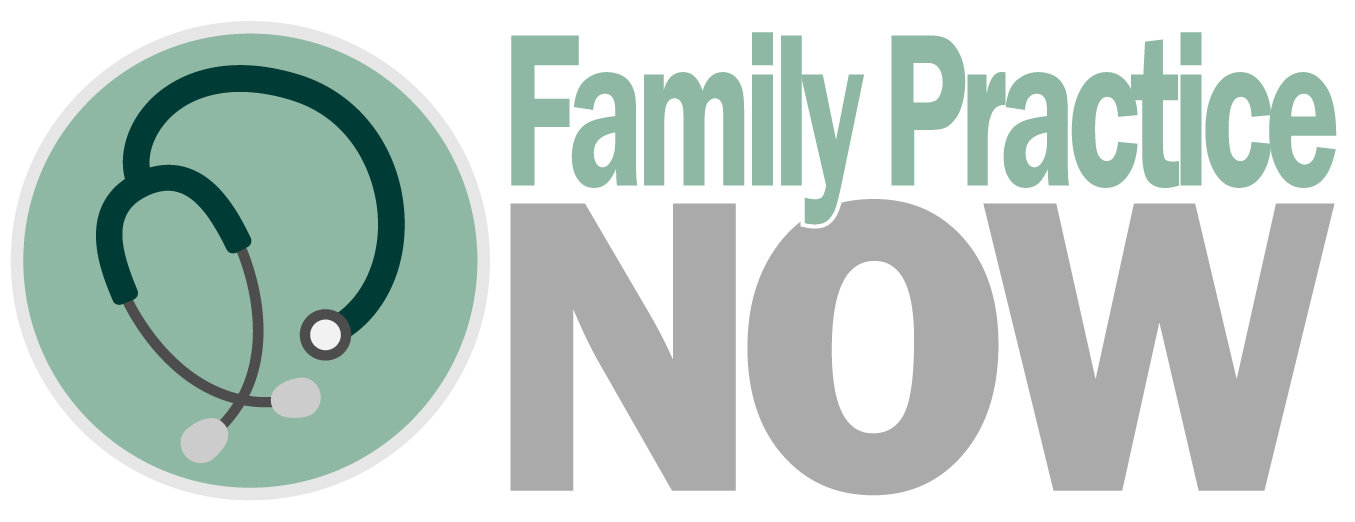Premier - Local Family Doctor
-
COPD
COPD, or chronic obstructive pulmonary disease, is a term used to describe a group of progressive lung diseases that make it difficult to breathe.
-
What is COPD ?
It encompasses conditions such as emphysema and chronic bronchitis, which were previously used to describe specific manifestations of the disease. The term COPD is now widely used to encompass these conditions.
In COPD, the airways that carry air in and out of the lungs become narrowed and inflamed, leading to increased resistance to airflow.









